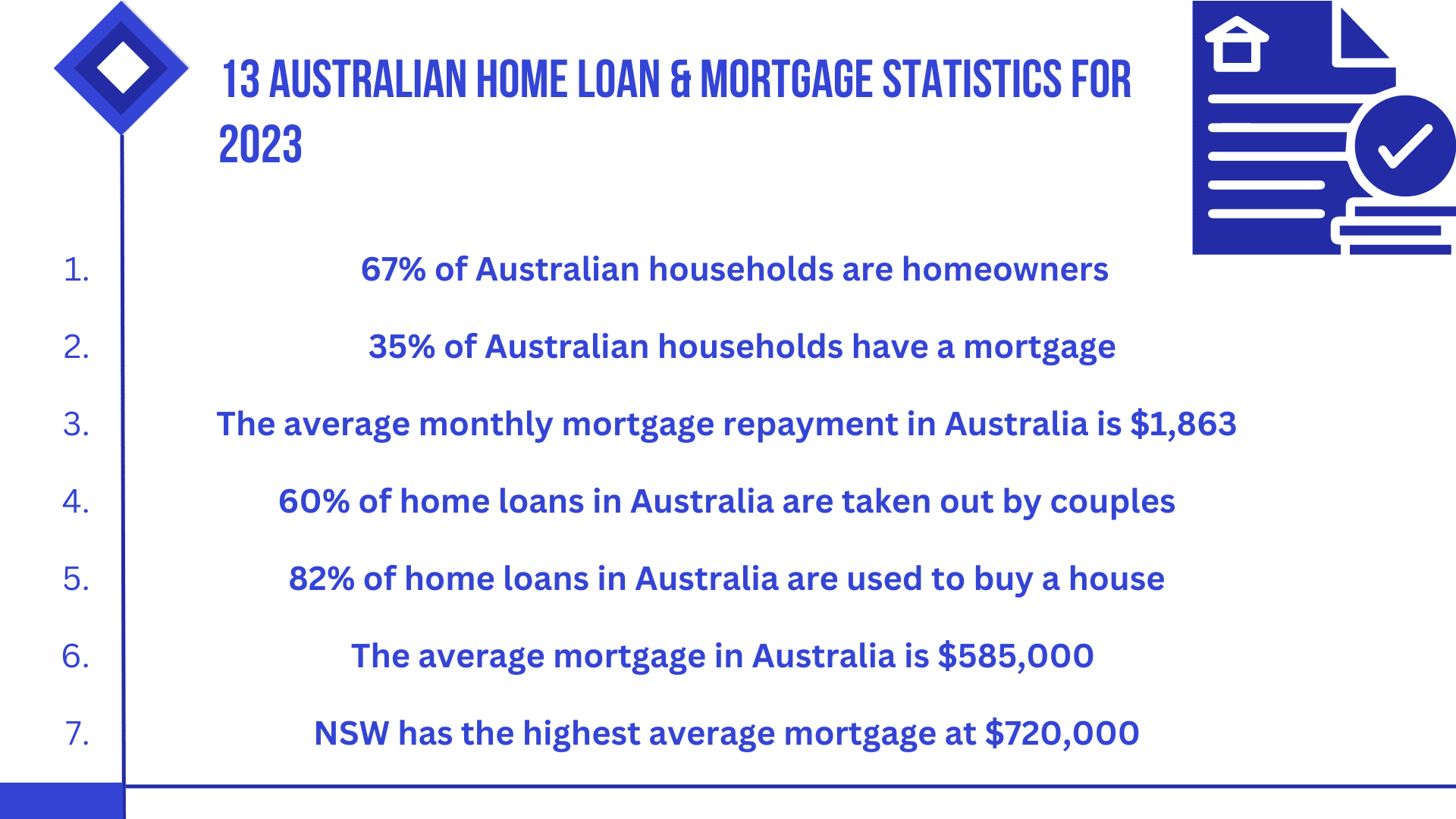The Australian home ownership dream continues to loom large – in spite of increased interest rate pressure from the RBA.
Australian’s have a love affair with real estate. The allure of owning a patch of land is deeply ingrained in the Australian psyche. A centrepiece of financial planning and fierce dinner table debates across the country, home ownership is synonymous with stability and financial success.
For most, real estate is the largest single purchase that they will make in their lifetime. Despite heightened pressure, the desire for home ownership shows no signs of slowing down. Today, Australian’s are being more strategic and proactive in their approach to real estate investment with recent data indicating a surge in the number of Australian’s refinancing their mortgages, seeking better deals, and seeking optimal loan conditions to keep the home ownership dream alive.
In this article, our local Newcastle mortgage brokers look at the most interesting and telling home loan statistics in Australia to get a better idea of the current landscape and provide informed data for those looking to make their market on the real estate market in 2023.
1. 67% of Australian households are homeowners
According to data from the latest census taken in Australia, more than two thirds of households in Australia (67%) are homeowners. Despite the increased cost of ownership relative to incomes in Australia, the rate of homeowners has remained steady since the mid 1970s where Australia’s home ownership rates hovered between 65-70%.

2. 35% of Australian households have a mortgage. Source: ABS, 2021 Census
According to the latest housing tenure statistics from the Australian Bureau of Statistics Census, the number of occupied private dwelling that are owned outright is now at 31.6% with 35% of homes under a mortgage.
The most common type of home loan in Australia is the variable rate loan. Source: ABS, 2021 Census
3. The average monthly mortgage repayment in Australia is $1,863
The latest data from the ABS shows that the average monthly mortgage repayment in Australia is $1,863, while the media monthly rent sits at $375 – closely correlating with the average monthly mortgage repayments numbers.
4. 60% of home loans in Australia are taken out by couples
It should come as no surprise that the majority of home loans that are taken out in Australia are taken out by couples. Combined earning potential and more borrowing power with lenders means that couples account for the highest number of mortgages in Australia at 60%.
5. 82% of home loans in Australia are used to buy a house
According to the latest data from the Australian Bureau of Statistics, 82% of home loans in Australia were used to purchase a dwelling. While it may seem obvious, there are other reasons that borrowers may look to take out a home loan including renovating, investing, and consolidating other debts. According to the ABS data, 75% of borrowers were taking home loans with the intention of living in the dwelling.

6. The average mortgage in Australia is $585,000
According to the latest data from Mozo in May 2022, the average mortgage size in Australia is $585k – a number that continues to climb in line with interest rates and an increasingly competitive real estate market across all states and territories.
7. NSW has the highest average mortgage at $720,000
New South Wales isn’t just the most populous state in Australia – it’s also (by the numbers) the most expensive to live and own. According to the latest data from the Australian Bureau of Statistics, the average loan size in NSW as of May 2023 is $720k – a drop of 7.72% from the same period in 2022 when the average mortgage sat at $780,000.
8. The Northern Territory has the lowest average mortgage size in Australia
As of May 2023, the Northern Territory has the lowest average mortgage size in Australia at $426,000. However, the news isn’t all good for those looking to crack the housing market in Australia’s top end with these numbers climbing by 3.60% over the last 12-months from a comparative mortgage size of $411,000 in May 2022.
9. The average interest rate on a home loan in Australia is 6.54%
At the time of writing, the average interest rate in Australia for variable loans sits at 6.54% across an average loan size of $400,000. It should come as no surprise that this statistic will be outdates in a matter of weeks as the RBA continues to hike interest rates – a favour that is quickly passed from banks to borrowers.
10. The average length of a home loan in Australia is 25 years
According to the latest data, the average length of a home loan in Australia sits between 25-30 years. Some owners may opt for shorter loan periods if they have the financial capacity to handle higher monthly repayments, while others may look to stretch this loan term to reduce monthly financial pressures at the cost of a longer repayment term.

11. The average first home buyer deposit in Australia is $106,743
A recent study by comparison site Finder found that the average national first home buyer home loan deposit was $106,743. Using ABS data and a 25% average deposit as a measuring stick, the data shows that first home buyers are saving more than ever to buy their first homes in an increasingly competitive real estate landscape.
12. NSW has the highest average first home deposit at $128,469
According to the data, New South Wales is leading the way at an average home loan deposit of $128,469, Australian Capital Territory (ACT) requires $117,790, Victoria (VIC) $113,092, Northern Territory (NT) $100,000, Queensland (QLD) $95,784, Western Australia (WA) $92,762, South Australia (SA) $85,710, and finally, Tasmania (TAS) at $81,438.
13. Refinancing numbers continue to climb amidst interest rate hikes
New research found that around 1 in 3 Australian’s have already or are considering refinancing their home loan in 2023. It should come as no surprise that more Australian’s are looking for a better deal on their home loans as the RBA continues its squeeze and mortgage repayments approach their highest numbers in more than a decade. Refinancing allows homeowners to secure potentially lower interest rates, improved loan terms, or consolidate their debt in an effort to ease the financial stress of home ownership in Australia.












